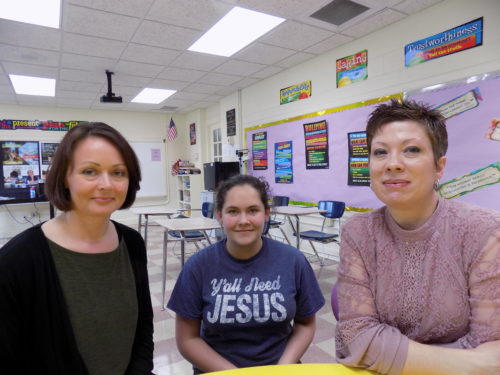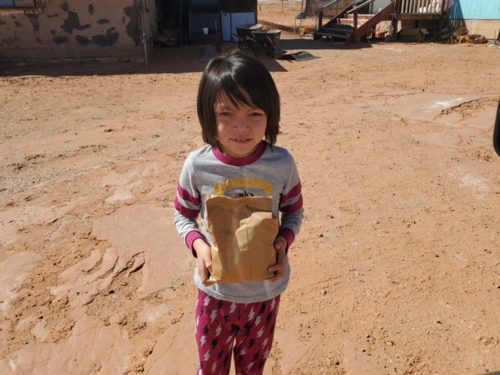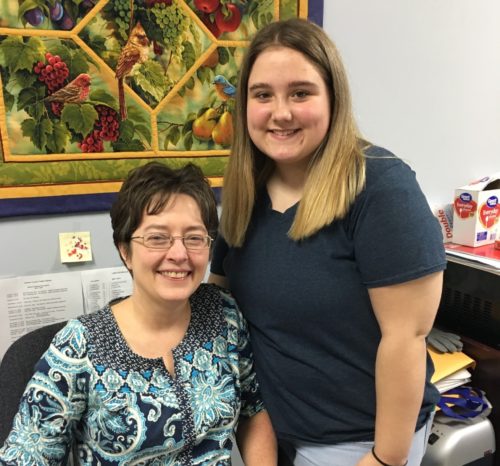Since 2018, we have partnered with Organic Baby Food Shop to bring awareness to our U.S. Feeding Program which provides for children in need who otherwise don’t have access to nutritious food items.
Today, we hear from Organic Baby Food Shop about their work and dedication to helping babies and kids by supporting Children Incorporated.
Today, we hear from Organic Baby Food Shop about their work and dedication to helping babies and kids by supporting Children Incorporated.
SC: Tell us about Organic Baby Food Shop and the work that you do.
Organic Baby Food Shop was founded by parents for parents. As new parents, we spent countless hours trying to find the best formula for our infants. After reading the ingredient lists of several dozen US-made formulas, we nearly gave up hope and planned to settle for the “least worst” options.
After lots of research, we came across Lebenswert Bio Formula– with only organic ingredients and no additives like extra sugar, corn syrup, soy or artificial ingredients. We ultimately found that many parents were raving about the quality of this formula, but it was nearly impossible to find in the United States.
We finally found a few suppliers online, but felt we paid way too much, experienced poor customer service and frequently received packages that were near the expiration date. Today Organic Baby Food Shop works to fix all those issues by providing outstanding customer service, and the best organic baby formula in the world shipped directly to thousands of parents in the US. We import Lebenswert, Holle and HiPP directly from Germany to our four offices in Austin, Texas; Los Angeles, California; New Jersey/New York; and Chicago, Illinois. We provide the lowest prices, the fastest shipping, and the best customer service.
SC: What is one of your favorite aspects of your work?
 As parents we know it’s best for a baby to be breastfed. Unfortunately, some mothers aren’t able to breastfeed or don’t produce enough milk. There are many reasons why mothers choose to start formula feeding and we love providing them with the healthiest alternatives possible.
As parents we know it’s best for a baby to be breastfed. Unfortunately, some mothers aren’t able to breastfeed or don’t produce enough milk. There are many reasons why mothers choose to start formula feeding and we love providing them with the healthiest alternatives possible.
In addition, these products are the most ecologically-friendly baby formulas. Just like Holle, Lebenswert strongly respects and believes in organic farming. They treat plants, soil, animals and nature itself with respect and harmony. Lebenswert formula uses milk produced by organic, biodynamic farms, which guarantee species-appropriate feeding and ethical treatment of their animals.
SC: How did you find out about Children Incorporated?
We at Organic Baby Food Shop truly believe in giving back. That’s why we love to support different organizations through monetary, in-kind and product donations meanwhile surprising our customers with special giveaways and promotions. Black Friday is our biggest sale of the year, and in 2018 we renamed it “Baby Friday” and donated $1 per box sold to an organization that supports children in need. We searched for a respected organization that was aligned with our values and gratefully found Children Incorporated. Together we decided that we can best help their U.S. Feeding Program thrive, and today that partnership has become especially important amidst COVID-19.
SC: What made you want to get involved with our organization?
When we started to donate to the U.S. Feeding Program through our “Baby Friday” Campaign in 2018, we found it heartbreaking that in the United States, 1 in 6 children don’t know where they will get their next meal.
We at Organic Baby Food Shop truly believe in giving back. That’s why we love to support different organizations through monetary, in-kind and product donations meanwhile surprising our customers with special giveaways and promotions.
We are extremely grateful to support this awesome program and contribute towards providing children with food to take home on weekends when they otherwise might not receive regular meals.
Especially in these challenging times it’s more important than ever that we take care of each other and those most vulnerable. That’s why our team has since decided to support Children Incorporated on a monthly basis during COVID-19 and beyond – in addition to our promotional campaigns.
SC: What about Children Incorporated do you feel relates to the Organic Baby Food Shop mission and vision?
We at Organic Baby Food Shop share your belief that each child deserves access to water and food, as well as education so that they may access empowering opportunities and become contributing members of their communities. Our mission is to provide easy and affordable access to the absolute best organic formula in the world, recommended by pediatricians.
We strive to help families feed their babies with wonderful nourishment while avoiding artificial additives in other formulas without being overcharged. Through it all, we recognize that being able to choose the very best for our baby truly is a luxury when we consider how many children experience extreme food insecurity.
Ultimately, we both want to protect those most vulnerable – the children – and provide them with the resources needed to thrive and grow up healthy. We deeply appreciate the work of Children Incorporated and are proud of our partnership.
***






